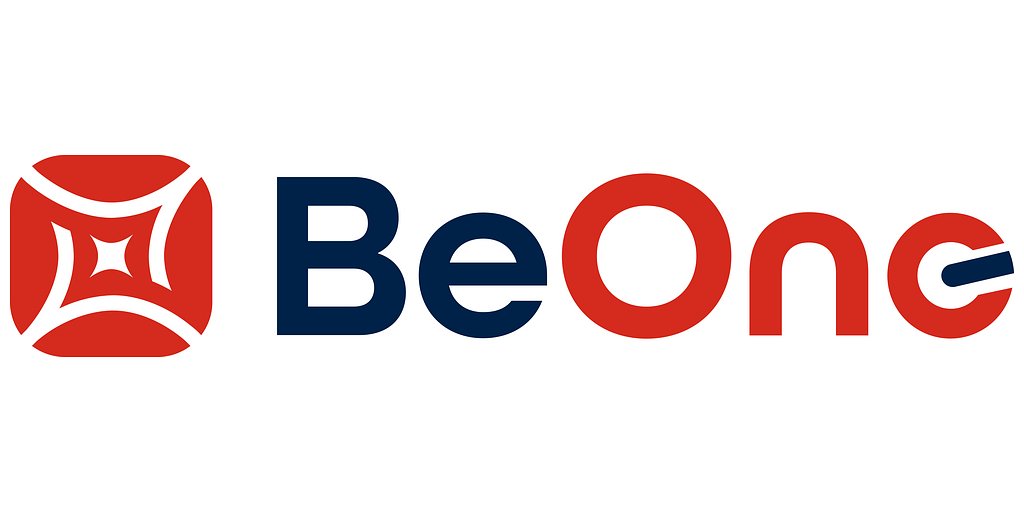
BeOne’s Hematology Pipeline: Beyond BRUKINSA, a New Generation of Cancer Therapies Takes Shape
BeOne Medicines is poised to reshape hematological oncology with a diverse pipeline, highlighted by novel BTK degrader BGB-16673 and promising BCL2 inhibitor sonrotoclax. ASH 2025 presentations could be a key catalyst.
BeOne’s Hematology Pipeline: Beyond BRUKINSA, a New Generation of Cancer Therapies Takes Shape
NEW YORK, NY – November 20, 2025
Building Beyond a Blockbuster
BeOne Medicines is rapidly evolving from a company known primarily for its established hematological therapy, BRUKINSA (zanubrutinib), into a diversified oncology innovator. With nearly 50 abstracts, including six oral presentations, set to be unveiled at the upcoming American Society of Hematology (ASH) 2025 Annual Meeting, the company is signaling its commitment to addressing unmet needs in B-cell malignancies. While BRUKINSA continues to demonstrate sustained efficacy, analysts are increasingly focused on the potential of BeOne's late-stage pipeline assets: sonrotoclax, a novel BCL2 inhibitor, and BGB-16673, a groundbreaking BTK degrader.
“The company’s strategy is clear: build on BRUKINSA’s success while simultaneously developing next-generation therapies that can overcome resistance and offer improved outcomes for patients,” says one industry analyst. “The ASH presentations are critical; they'll provide a deeper understanding of the data and could significantly impact investor sentiment.”
Sonrotoclax: A New Approach to BCL2 Inhibition
BCL2 inhibitors have become a cornerstone of treatment for certain B-cell leukemias and lymphomas. However, resistance and tolerability remain challenges. Sonrotoclax (BGB-11417) aims to address these limitations. Preclinical data suggest it may possess greater potency and selectivity compared to existing BCL2 inhibitors like venetoclax. Furthermore, the company's data presented at ASH is expected to highlight promising minimal residual disease (uMRD) rates in early clinical trials, suggesting the potential for deeper, more durable responses.
“The Breakthrough Therapy Designation granted by the FDA for sonrotoclax in relapsed/refractory mantle cell lymphoma (MCL) is a strong indicator of its potential,” explains a healthcare investment professional. “It's not just about matching venetoclax; it's about offering a potentially superior option, particularly in patients who have failed prior treatments or have specific genetic profiles.” The upcoming ASH presentations will be scrutinized for detailed efficacy and safety data, especially in comparison to existing therapies. While venetoclax has established a significant foothold in the market, sonrotoclax is poised to compete by focusing on specific niches and offering improved tolerability.
BGB-16673: Targeting Resistance with BTK Degradation
One of the most exciting developments in BeOne’s pipeline is BGB-16673, a novel BTK degrader. Unlike traditional BTK inhibitors that only block the enzyme’s activity, BGB-16673 works by triggering the complete degradation of the BTK protein. This approach aims to overcome resistance mechanisms that can develop with reversible inhibitors and provides a potentially more profound and durable inhibition of BTK signaling.
“BTK degradation represents a paradigm shift in targeted cancer therapy,” states a hematologist familiar with the drug’s mechanism. “By completely removing the target protein, you eliminate the possibility of resistance arising from mutations that alter the drug-binding site.” BeOne is currently conducting multiple Phase 3 trials for BGB-16673, including a study in combination with BRUKINSA and obinutuzumab in newly diagnosed chronic lymphocytic leukemia (CLL) and another evaluating it as a monotherapy in relapsed/refractory CLL patients who have previously received a BTK inhibitor. The results of these trials, particularly the safety and efficacy data presented at ASH, will be crucial in determining BGB-16673’s potential to become a best-in-class or first-in-class therapy for BTK-resistant patients. The company is also banking on the combination with BRUKINSA, hoping to maximize efficacy by combining the strengths of both a highly selective inhibitor and a degrader.
Real-World Evidence and Health Economics
Beyond the clinical efficacy of its pipeline assets, BeOne is increasingly focusing on generating real-world evidence (RWE) and health economic data for BRUKINSA. The company plans to present extensive data at ASH demonstrating the drug’s impact on patient outcomes in real-world settings, as well as its cost-effectiveness compared to other therapies. This focus on RWE is driven by the growing demand from healthcare payers and policymakers for evidence-based data to inform reimbursement decisions. By demonstrating the value of BRUKINSA beyond clinical trial results, BeOne aims to secure continued market access and optimize patient access to this important therapy. This approach also signals a commitment to understanding the long-term economic impact of its treatments and contributing to sustainable healthcare systems.
“The presentation of RWE is becoming increasingly important,” notes a healthcare economist. “Payers are looking for evidence that a drug not only works, but also delivers value for money.”
BeOne Medicine’s presentations at ASH 2025 are expected to shape the conversation around the future of hematological oncology, positioning the company as a leader in innovative cancer therapies and solidifying its commitment to improving patient outcomes.
📝 This article is still being updated
Are you a relevant expert who could contribute your opinion or insights to this article? We'd love to hear from you. We will give you full credit for your contribution.
Contribute Your Expertise →